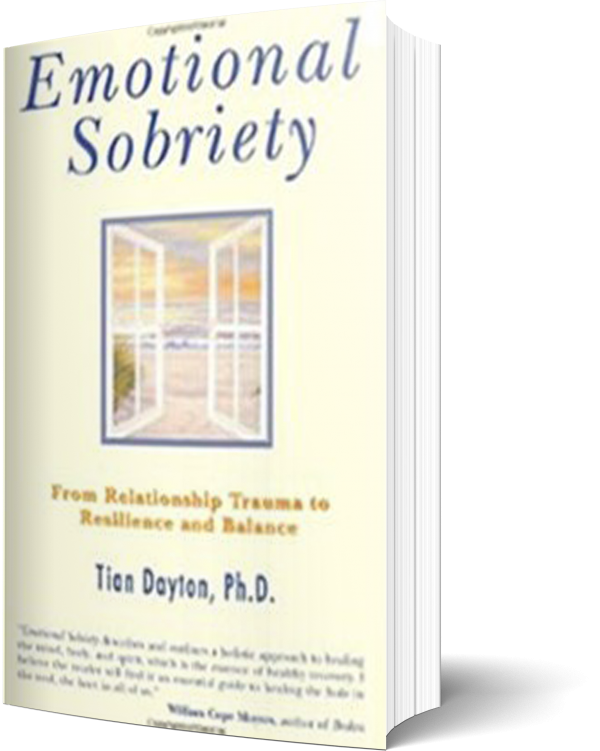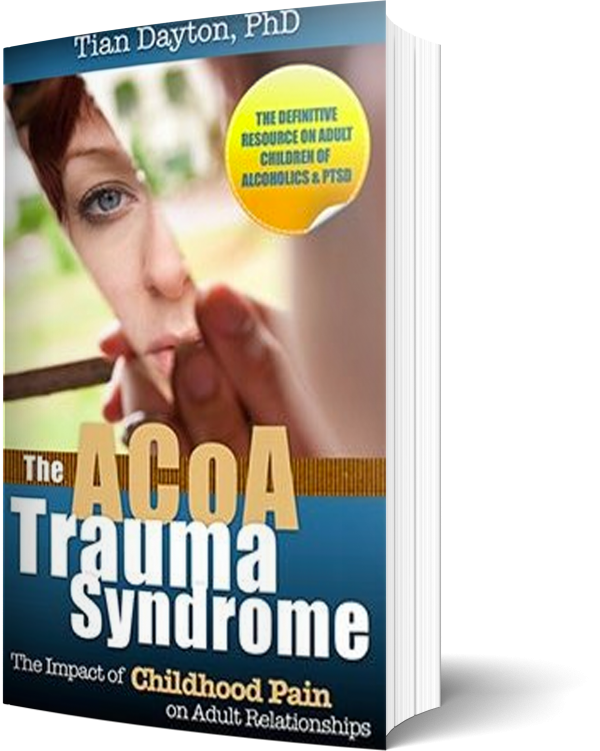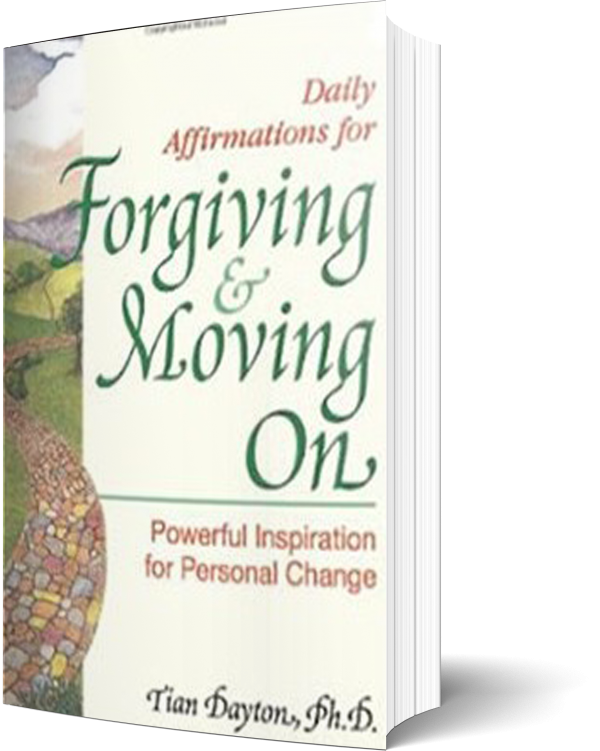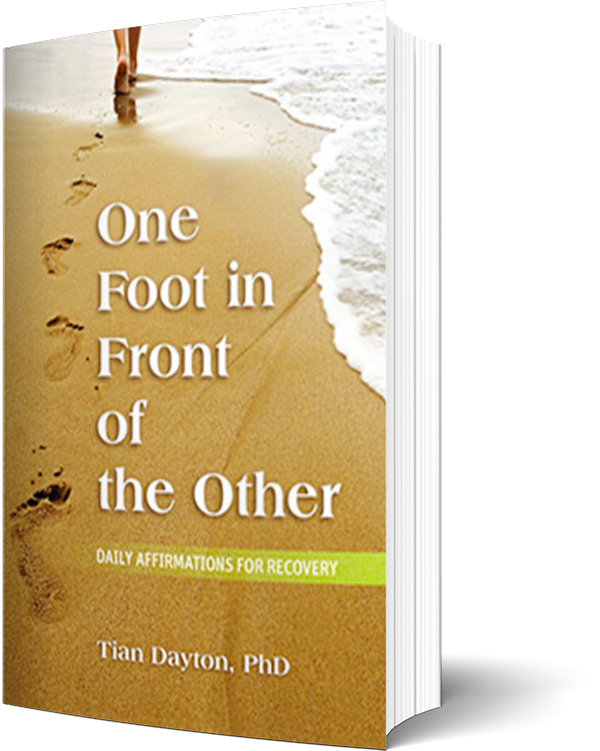Great strides have been made in bringing the shame of addiction out of the shadows and getting America and the world to believe in recovery. However, the biggest, little secret remains the countless kids who are being hurt each and every day who don’t get talked about, funded, donated to or brought out of the shadows nearly enough. Those children whose lives are hamstrung by having one parent struggling with being an addict and the other parent struggling with managing that addict who is living ever at the precipice of self destruction. The distorted thinking, the emotional out bursts, the hiding, the rage, the passing out, the lying, the bravado and the mortifying behaviors that are part of addiction rain down upon children from above. This is the atmosphere in which they are trying to be normal kids, trying to develop an identity and make sense of he world.
The story we need to write is about the silent suffering of the countless unnamed children who are struggling to keep their souls alive under the grinding, daily pressure of living with parental addiction. They are the forgotten victims of this disease and as we are lifting the secrecy and shame around being an addict, we need to pay equal if not more attention to lifting the shame and secrecy around these innocent victims who live in it’s dark orbit.
These are not only the acting out kids that grab the headlines. They are the kids who quietly wake their younger siblings up and grab some cereal as they, make their own lunches and get themselves off to school. Who are little grown-ups picking up the balls that their parents are dropping.
They are those hurting young people, the well-behaved students who hide their pain under accommodating smiles.
The good students, the cheerleaders and the athletes who are running at the double to keep the family self esteem alive. They are trying to look good enough to convince the world (and themselves) that what is going on in their homes is not going on.
But this is only half the story. COAs grow up to be adult children of alcoholics ACoAs. And they carry these unresolved emotional burdens with them into their adult lives and relationships. Their disowned pain emerges, months, years or most commonly decades later in a post traumatic stress reaction as the COA, now the ACoA stands stupefied in front of an inner world that feels confusing and unknowable. It’s scary to look inside when what’s inside has been so long in the making.
These ACoAs often don’t know what to do with the intensity of their own inner world. They can have trouble trusting in relationships, whether with partners, children or authority figures. When children of addicts grow up and become adult children of addicts the very intensity, vulnerability and desire to trust and depend that is part and parcel of emotional connection and intimacy, acts as a trigger for this reservoir of unprocessed, often frozen pain.
And the sad part is, ACoAs seldom know what is happening. They have developed the emotional habit of hiding pain, from the world around them and more seriously from themselves. When that pain gets triggered by relationships, they see the source of their discomfort as the person who triggered it. Unable to trace the depth and ferocity of their reactions to its origins in the past, it all to often gets projected onto that person in the present, thus burdening and distorting today’s love with yesterday’s disappointments. They look at the person who is making them feel bad, the one who is standing across from them and they think this is the whole story. They miss the sinister ghosts dancing in the shadows. They project their disturbing feelings outward because looking inward is just too confusing and painful. This is how pain from one generation slips seamlessly into the next.
When ACoAs Become Parents
ACoAs all too often carry the rage of unresolved trauma along with the grief of tears never shed. And not only partnering but parenting also acts as a trigger. ACoAs often times get the wounded child within them all mixed up with their own children, making them overreact to the vicissitudes of parenting. The pain just passes down. And to confuse matters more, the children of ACoAs (or grandchildren of addicts) do not have the obvious addicted and acting out behavior to point to as a cause of what seems “off” to them in their parents. They inherit and live with their parent’s hyper reactivity and emotional intensity but don’t know what is causing it which can make them feel as responsible for their parent’s pain as their parent’s once felt themselves when they were young.
And often times ACoA parents, determined to never make their children feel as lonely and forgotten as they felt, overprotect them. They hold onto their children with a kind of fierceness. They alternate between over reacting to their children’s moods and behavior and under reacting. They may seem very close to their children, even clingy, but the closeness can be fueled by their own, unmet emotional needs. Too much of their parenting is driven by an unconscious attempt to undo their hidden, unattended to childhood pain.
Or they may people please and placate when they get anxious, just as they did in childhood. But the pleasing is not based on a sincere and attuned desire to help their kids, so much as a fear that if they don’t work as hard as parents to keep things together as they did as kids, things will seriously and finally fall apart.
Remember this story began with that invisible, looking good, sandwich-making COA who was quietly pulling the covers over their drunk parent then going upstairs to do homework. It all began with a child who was traumatized by the experience of living with parental addiction.
Attention Must Be Paid
The addictions field should be giving very special attention to this hidden population if for no other reason, because they are statistically more likely to become addicts themselves (Cutter 1987). ACoAs also evidence higher levels of specific and generalized anxiety and lower levels of differentiation of self than their counterparts who grow up without parental alcoholism. (Maynard 1999) Scratch the paint off an addict and you will more often then not find a COA who is self medicating their unresolved, childhood pain with alcohol, drugs, food, sex, work or a combination of a couple of these.
So whether or not we’re talking about the ACoA who is passing down their pain through their partnering and parenting or the ACoA who has become an addict themselves, attention must be paid. Like Willy Lowman, pain from the past is intruding into the present and it feels real. The COA story is one of unaddressed trauma, the kind that can drive and define a life. That kind that never gets talked about or pointed to, that a family coalesces around a tacit, unspoken agreement to ignore.
So this population needs recovery, too! They/we need it just as much as the addict. We too need help getting sober, emotionally sober.
For further information on COAs log onto nacoa.org.
References:
Cutter, CG; Cutter, HS (January 1987). “Experience and change in Al-Anon family groups: adult children of alcoholics”. Journal of studies on alcohol 48 (1): 29-32. ISSN 0096-882X.
Maynard, Stuart (1999) “Growing up in an alcoholic system, the effect on anxiety and differentiation of self.”Journal of Substance abuse 9, p161-170





